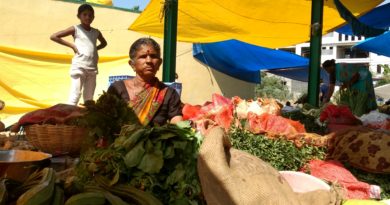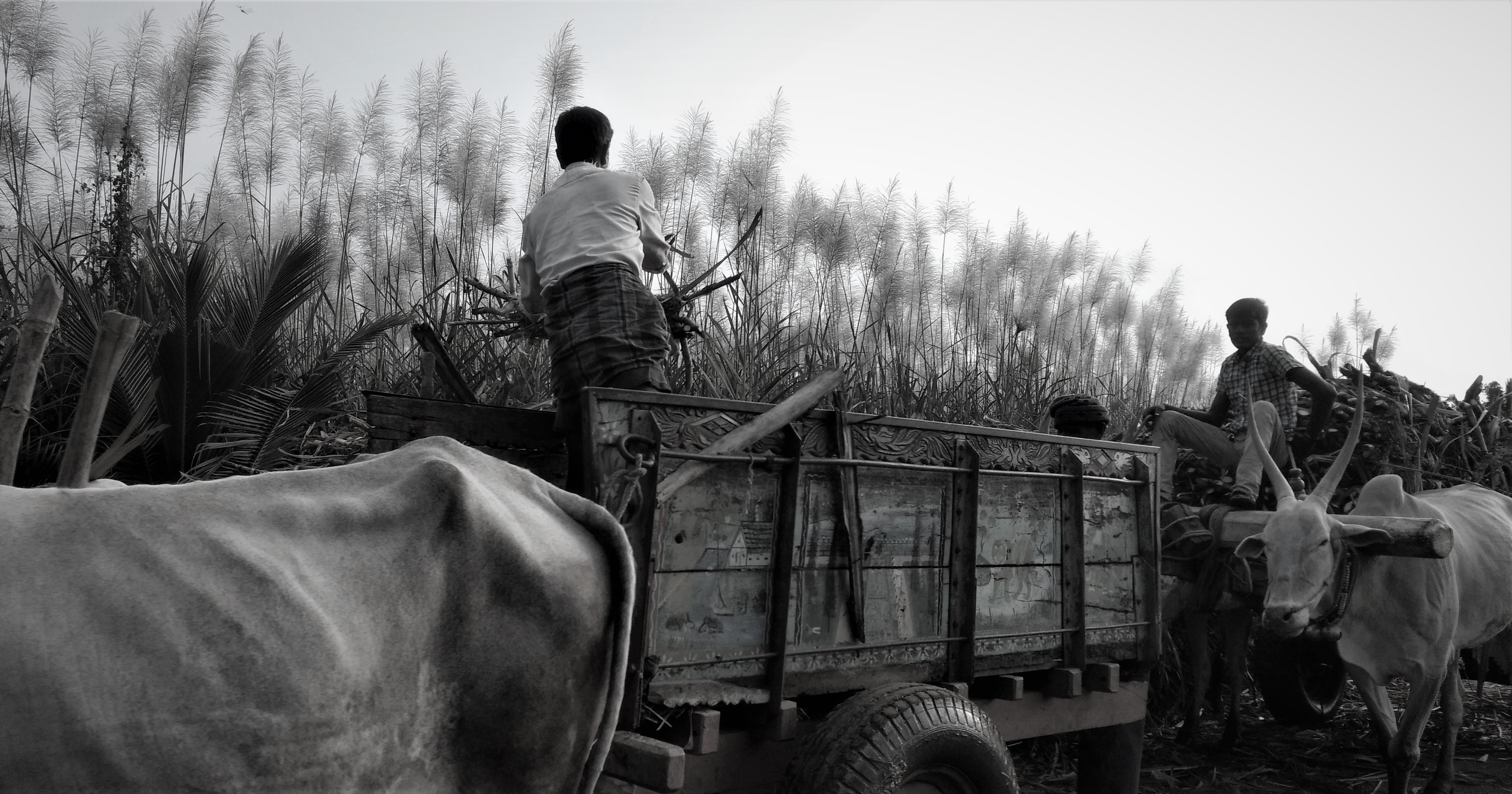How Kudumbashree Redeemed the Fallen Agrarian Angels as Agripreneurs
All was serene and good in Eden until Lilith, the first woman of the human race, according to Jewish folklore, made by god along with Adam, the first man from clay, ceased to be subservient to her male partner and claimed equal rights over the resourceful haven of Eden. Eventually, she was evicted from Eden as a punishment for her insolence and she became an ally of the angel of sin. The folklore, which hints at the paradise loss of the first woman, also points at the deep-rooted connection between gender equality, land ownership and corresponding socio-economic inclusion. Over thousands of years, after the human race started sowing seeds and reaping the harvest, agriculture has drawn a gender-based timeline that tells the story of how the womenfolk got rid of their control and ownership over land and the overall agrarian cultural process. Even though the story runs with different wavelengths in various parts of the world, it shares a common characteristic of gender based exclusion of women from ownership of land and the agency of agrarian entrepreneurship.
On the majority of the nations where the rural and national economy depends on a great deal of agriculture, women as labour force form the backbone of the agrarian institution. Despite the important roles they are playing as a cheap and dependable labour force, small-scale farmers and sellers, their access and control over all land and productive resources are shackled and minimal.
In societies like Kerala, this disparity widened the already existed gender gap and restricted women within the confinements of gender roles predefined by patriarchal society. This disastrous social development caused an overarching threat to food security, poverty and gender inequality. Kerala’s system of matrilineal kinship indeed provided certain social status and control for women in certain communities over their land, but a majority of women from other backward communities were excluded from this privilege, and their potential was channelized as a cheap labour force. The fall of the matrilineal system in the early twentieth century and historic twists and turns that followed, women were restricted as the mere labourers who didn’t have any control or agency over the economic institution formed around agriculture.
Kerala has been hailed for its womenfolk’s social status and comparatively high standard of living, nevertheless, these factors didn’t assure women’s control over land and access to critical agricultural resources, which is crucial when it comes to the entrepreneurial aspects of agriculture in the corporatised world. The alarming gap in control and ownership of land is the decisive factor of gender gap evident in the socio-economic lives of women, and in turn retards the empowerment potential of the womenfolk. Owing to the socio-economic and political forces, women as independent farmers are yet to consider as a common state of entrepreneurship, both in Kerala and other Indian states.
Kudumbashree, a poverty alleviation program initiated by the Government of Kerala in 1998 has significantly changed the scenario and prompted a paradigm shift in the complex, unbalanced, socio-economic, gender equations prevailed in the state of Kerala.

Kudumbashree have been started addressing this socioeconomic disparity at the core through its collective farming initiatives and “Samagra” projects from 2004. The formation of Joint Liability Groups (JLGs) according to the guidelines of National Bank for Agriculture and Rural Development (NABARD) and availing agricultural credit from various banking institutions became the key strategic moves that solved the problem of exclusion from economic institution to a certain level. These radical changes were implemented with the help of Panchayath Raj Institutions (PRIs) and strengthened from the roots with the farming subsidy from the government. The result was a visible increase in agricultural production, retrieval of uncultivated fertile land and, more importantly, incorporation of women with the economic institution which was generally patriarchal in nature.
The collective farming initiatives that turned women as farmers instead of the cheap labour force for agriculture was not just confined to paddy fields. The movement gathered momentum and self-help groups ventured into cultivation of various items like pineapple, bananas, amaranthus, snake gourd, bitter gourd, cowpea, bottle gourd, watermelon, ginger, lady’s finger, brinjal, tapioca, ridge gourd, chilli, coconut, and cashew. The initiative encouraged groups of women to take uncultivated land for lease and employ their own labour force and other resources, a bold move that brought in considerable self-sufficiency within the groups and increased the potential entrepreneurial capacity of the members. The groups have also been liaising with private firms to found buyback arrangements of the harvest and deal directly with the consumer end without the interference of middlemen.
Many of the groups are working in a professional manner by making use of advanced training in farming equipment and machinery, conducting soil surveys and applying advanced pest management practices.

Kudumbashree’s collective farming initiatives and women’s self-help groups are transgressing the scopes and limits of the often used word “woman empowerment,” and these women are carving out their own space in the economic institution of the state, which is increasingly becoming consumeristic in the agrarian sector. Kudumbashree’s emphasis on the term “women farmers” has far-reaching implications in the socioeconomic strata. The strategic move enables women from backward classes of the society to upgrade their position from farm labourers to farmers and reap the benefits on the first hand. The trend also contributes a great deal to the food security of the state and its much-disputed disparities in land reforms. Along with the support of labour force provided by National Rural Employment Guarantee Act (NREGA), Kudumbashree units reclaimed the agency of decision making for women in the male-dominated areas like farming sector, a giant leap considering historic imbalances and the gender gap.
While the Jewish folklore of Lilith can reread as a story of a woman’s struggle to retain her identity and dignity at the cost of the Eden, the Kudumbashree success story can be read as the women’s collective struggle to recoup control over land and decision-making power over cultivation, which eventually incorporates them with the agrarian economic sphere of God’s own country.


